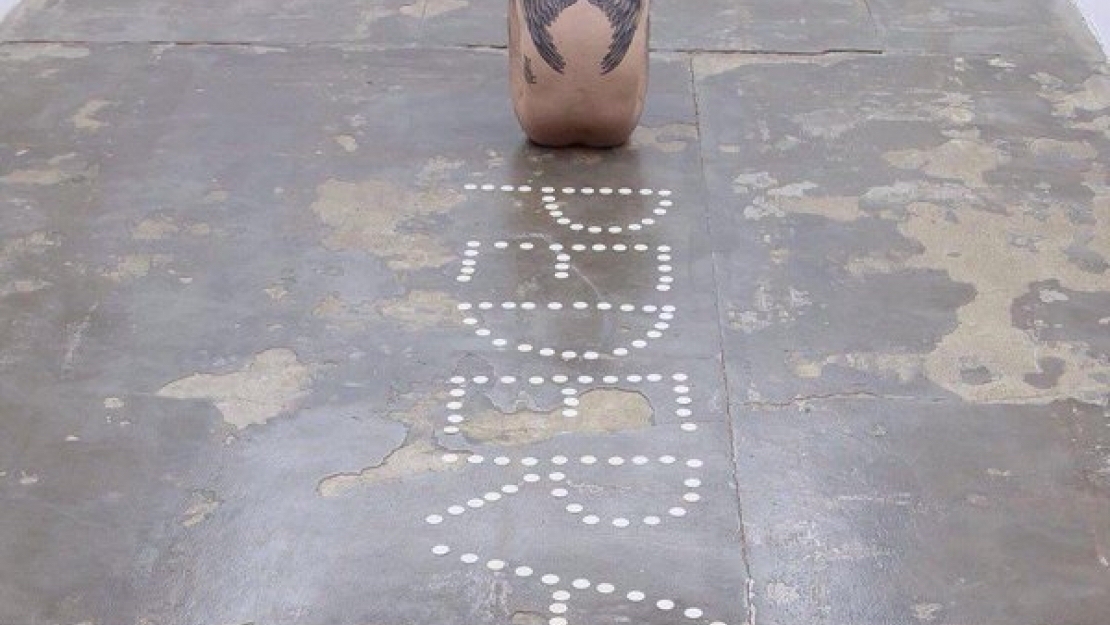Host Desecration in Spain: the Case before the ECHR

The Spanish Association of Christian Lawyers – Asociación de Abogados Cristianos – lodged an application with the European Court of Human Rights (ECHR) with the help of the European Centre for Law and Justice (ECLJ), following the host desecration by the “artist” Abel Azcona.
The Spanish Association of Christian Lawyers – Asociación de Abogados Cristianos – lodged an application with the European Court of Human Rights (ECHR) with the help of the European Cenre for Law and Justice (ECLJ), following the host desecration by the “artist” Abel A.” The contentious “work of art” was composed of 242 hosts stolen during several masses and then arranged on the ground to write the word “pederastia”. The “artist” was then photographed naked with his “work” and exhibited the photos. Read about the case here, and about a further incident here.
The Association of Christian Lawyers filed a complaint, which was rejected by the court of Pamplona on November 18th, 2016. The judge Fermin Otamendi described the consecrated hosts as “small white round objects,” that “Abel A.” would have treated “discreetly, without his conduct being able to be characterized as disrespectful, offensive or irreverent.” Read more here.
The Association of Christian Lawyers appealed this judgment to the Constitutional Court of Spain, which took a decision of inadmissibility on November 7th, 2017. The Spanish domestic courts therefore considered that the protection of the religious feelings of Catholics did not justify a restriction of the freedom of expression of the “artist.”
This case of host desecration poses a key question: did the Spanish courts fairly balance the right to freedom of expression of the “artist” with the right to freedom of religion of Catholics? In other words, are the theft of hosts and their desecration compatible with the “peaceful enjoyment of the right guaranteed under Article 9” of the European Convention of Human Rights?
Read ECLJ's extensive analysis of the case here.